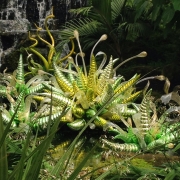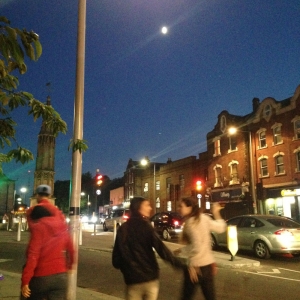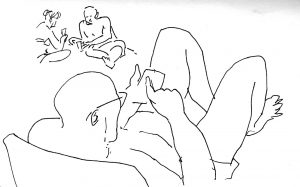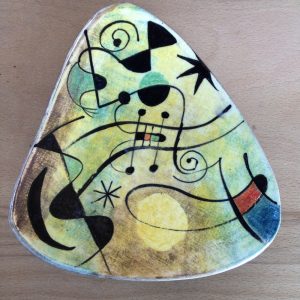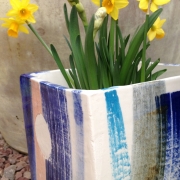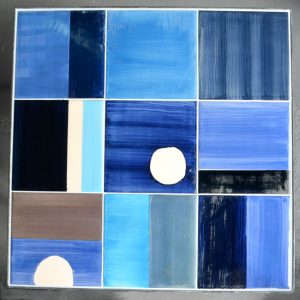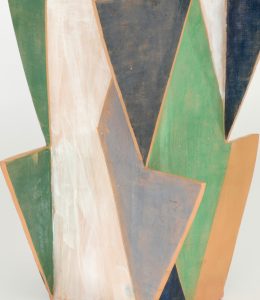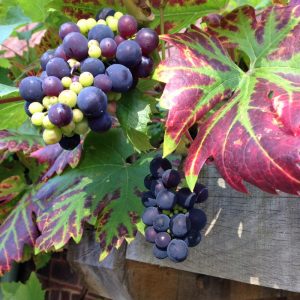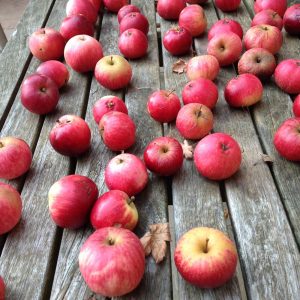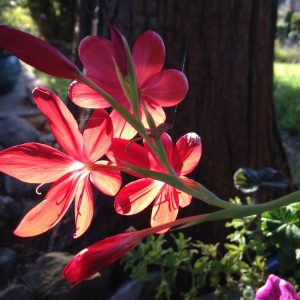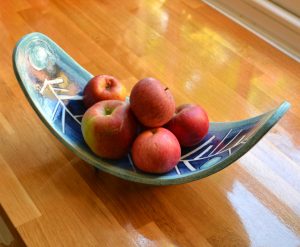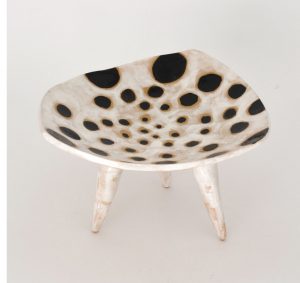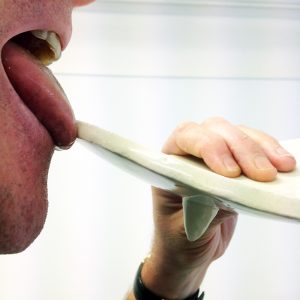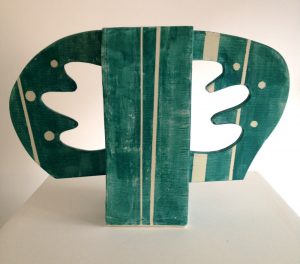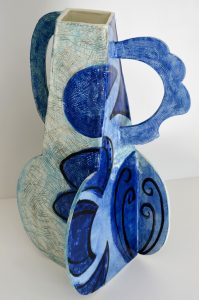Arscott Ceramics goes pannaging
“If you’re given champagne at lunch, there’s a catch somewhere”, said one of the great diplomats of 19th century Britain, Lord Lyons, a man who loved gastronomy and agreed with Palmerston’s remark that ‘dining is the soul of diplomacy’, and offered at least five courses of Moet & Chandon champagne at his diplomatic dinners because he found that, as ambassador to the United States, it made senators more accommodating.
Lyons was born in the coastal town of Lymington, which is where Arscott Ceramics was heading with a delivery for the Coastal Gallery. It turns out that it is also the birthplace of Ben Ainslie, Britain’s foremost competitive sailor, and the singer Birdy. The things one learns.
To get to Lymington one has to drive through the New Forest, one of the largest remaining tracts of unenclosed pastureland, heathland and forest in Southern England and proclaimed a royal forest by William the Conqueror way back in the 11th century.
Pre-existing rights of common pasture are still recognised today and are enforced by official verderers, and Commoners’ cattle, ponies and donkeys roam throughout the open heath and much of the woodland. It is largely their grazing that maintains the open character of the Forest. They are also frequently seen straying into the Forest villages, shops and pubs (horse walks into a bar. “Hey!” says the bartender, “You read my mind” says the horse). The New Forest pony is one of the indigenous horse breeds of the British Isles and most of the Forest ponies are of this breed, but there are also some Shetlands and their crossbreeds.
It remains a habitat for many rare birds and mammals. All three British native species of snake inhabit the Forest. The adder, the grass snake and the rare smooth snake. It was mainly adders which were caught by Brusher Mills (1840–1905), the “New Forest Snake Catcher”. He caught many thousands in his lifetime, sending some to London Zoo as food for their animals. You can see Brusher’s grave in St Nicholas’ Church, Brockenhurst, where villagers paid for a marble headstone to mark his final resting place. It does not say how he died.
A quick watercolour of the salt marshes outside Lymington was affected by blustery winds blowing the easel down and by an irrational awareness of the possibility of any three of these species of snake having an opinion on landscape art – all British snakes are now legally protected, and so the New Forest snakes are no longer caught and it logically follows that there must be many more of them lurking in bushes nowadays.
One or two of the ceramic pieces rattled around in their boxes as the car suddenly braked to avoid running over a pig. Yes, a pig. In fact there were various small porkers rooting around on the edge of the road and it turns out that it is not an uncommon sight to see pigs roaming in the autumn months. Pannage is the practice of releasing domestic pigs into a forest to eat fallen acorns and other nuts. Acorns are poisonous in large quantities to cattle and ponies and can lead to cholic whereas piggies spit out the toxic skins and enjoy eating the acorns. Pannage: late Middle English: from Old French pasnage, from medieval Latin pastionaticum, from pastio(n- ) ‘pasturing’, from the verb pascere ‘to feed’.
Up to 600 pigs and piglets will work their way through the forest but must be fitted with a ring through their nose which still enables them to forage through leaf litter and surface vegetation but stops them from rooting into the ground with their snouts causing damage to the Forest.
Those of you who have been following this blog since the start will know that pigs are often brought up because of their link to ceramics, and this blog is no exception. Yes, the word “porcelain” is derived from the Italian porcellana which translates as cowrie shell and refers to porcelain’s similarly smooth surface. Porcella means little pig, which describes the small plump shape of the cowrie.
Which is the point of this blog, of course, to tell you about Arscott Ceramics and what is new. The stoneware pieces seen in these images can all be inspected at the Coastal Gallery in Lymington, a small but wonderful gallery run by Stewart and Bev. Do pay them a visit and combine the experience with a walk into town, perhaps a dip in the Sea Water Baths (the oldest lido in the country) and, to recover, a stiff drink at the quayside where you can sit and gaze across the harbour at the UK’s most expensive coastal real estate, Sandbanks. Finish it off with a slow drive through the New Forest.
Man walks into a bar with a pig under his arms.
“Where did you get that disgusting creature?” asks the barman.
“I won him in a raffle” replies the pig.










